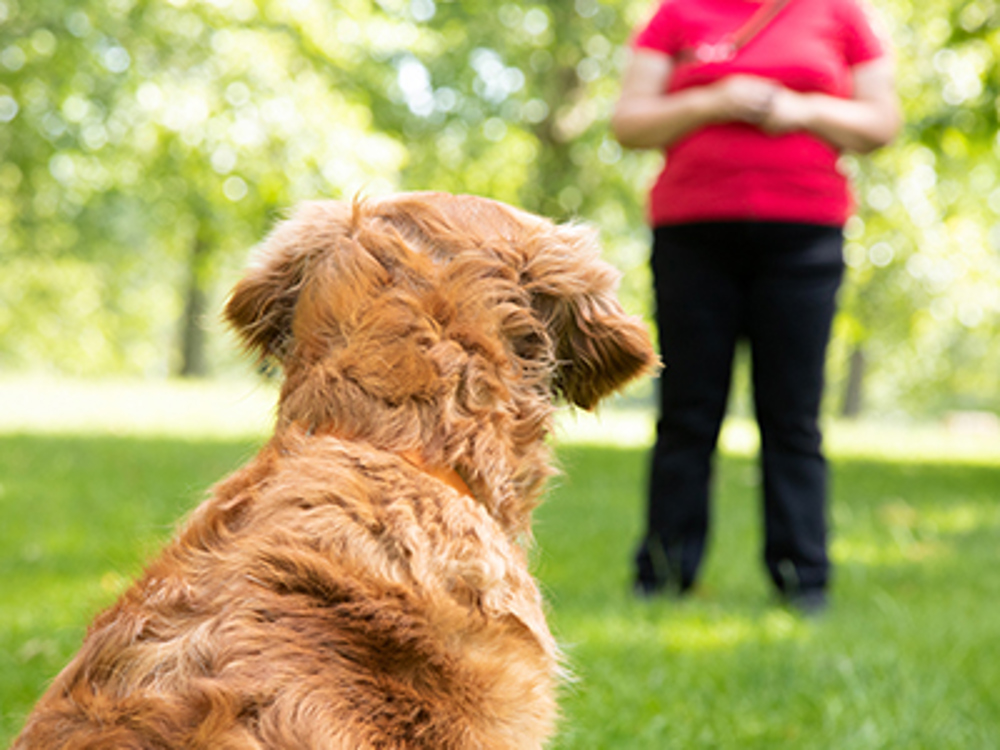
Teaching your dog to come back to you when off-lead and called is essential in keeping your dog under your control. Not only is this a legal necessity, it also ensures you keep your dog safe and out of trouble, prevents your dog being a nuisance to others and helps to make your walks less stressful, more frequent and more of a pleasure. Happier walks are going to strengthen the bond between you and your dog, plus they're also good for both physical and mental health.
Coming back when called can be a tricky behaviour to teach, depending on your dog’s breed/breed type and what that breed was originally bred to do, as well as your dog’s individual temperament. It basically boils down to the relationship your dog has with you in the presence of potentially more exciting distractions, like football, joggers, other dogs, squirrels, the list is endless.
If treats are used, please remember to take them out of your dog’s daily food rations, and grade them according to your dog’s stage of learning, and/or the environment.
Teaching your dog to come back to you
- As with all new behaviours, start teaching in quiet places that your dog knows well, so that they can concentrate more easily, e.g. your house, followed by your garden etc. It increases the chances that they'll get it right
- Decide what you want the dog to do once they get to you. Unless you want them to run to you and then straight back off again, avoid grabbing the dog’s collar when they are close to you (except in an emergency), as this can easily lead to a game of ‘chase me’. Teaching your dog to accept being held and moved by their collar is an important behaviour to teach, but this should be taught with care and away from ‘recall’ training
- You may decide you want your dog to sit when they get to you. This adds some control, so that you can re-clip their lead – however, adding in too much control can slow down the speed at which they choose to come to you
- First, repeat the stages of How do I get my dog to respond to their name? However, now follow the name with the word 'come’
- When you start to move into different environments, particularly those that are more distracting, go back to the beginning in terms of training, and reteach. You are likely to be able to progress more quickly than you did when first teaching in your lounge at home, but you may not – it depends on the dog
- Always consider using the dog's lead or a long training line in new environments, so that you always set the dog up to get it right. As training progresses, these can be allowed to drag behind the dog as a safety net)
- If you are going to let go of your dog’s lead, or take it off-lead altogether, check that the environment is safe for you to do so. That means being being in an enclosed area away from moving vehicles, far from things that you don’t want your dog to get involved in – people’s picnics, children’s ball games, other animals etc. Be confident that you have progressed far enough in your dog’s training to be successful
- Never have your dog off-lead in the street or where there are livestock - and don't have them on an extending lead either. This also applies to places where it stipulates that your dog must be on lead
Please note: there are many different ways to train your dog. This is just one method of teaching. If you are ever in doubt, please seek professional advice.
For more information and advice, you can find training classes with The Kennel Club Good Citizen Dog Training scheme, browse our full list of The Kennel Club Accredited Instructors or find a dog training club near you.
